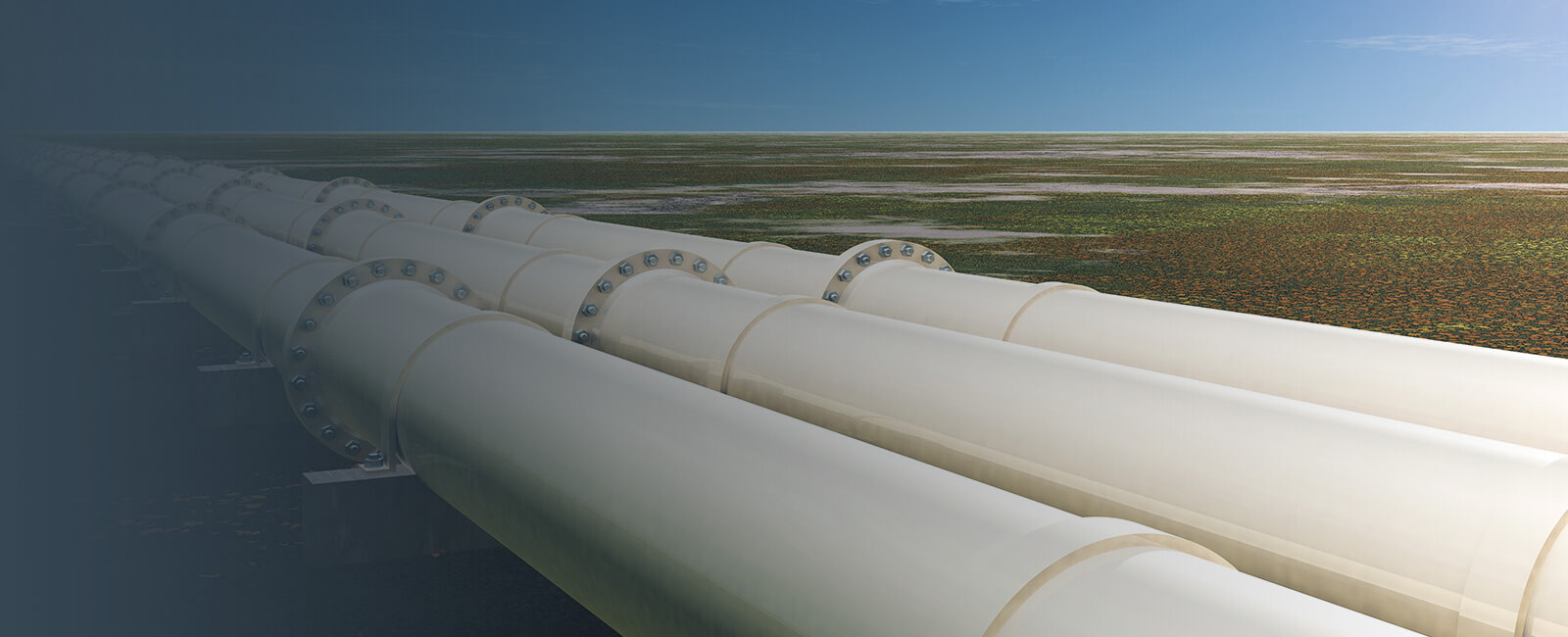Pipeline Flow Analysis
Pipeline Network Design offers a comprehensive set of industry-standard empirical and mechanistic methods for the analysis of multi-phase flow phenomena in pipes.
Together with extensive fluid models and a rigorous energy balance that incorporates a detailed heat transfer analysis capability, Pipeline Network Design is a flexible tool for evaluating the entire range of fluid flow phenomena that are encountered in single-phase as well as multi-phase pipelines.
Field-Wide Network Modelling
The robust, field-proven network simulation capability allows users to model large networks of connected wells, pipes and associated facilities. The detailed well-bore model and extensive inflow performance (IPR) library, combined with a full set of surface equipment modules, enables you to configure the necessary details of a field-wide oil and gas gathering (or injection) system.
It further enables users to incorporate all of the interdependent components – from the sand face to the downstream separation facilities.
Production Planning
PIPEPHASE’s time-stepping feature makes it a flexible field-planning tool. Once a field-wide network model has been built, the planning tool is created by setting up scenarios for future facility expansion, along with reservoir-decline characteristics.
The completed model offers a unique, look-ahead capability for the entire asset. It incorporates the long-term effects of both reservoir decline, as well as investment in new facilities.
Reservoir Simulation Software Integration
Oil producers have a tangible, quantifiable problem regarding the management and modelling of their reservoirs, which includes linking them to the surface. Pipeline Network Design possesses the modelling capabilities required in order to accurately manage and model reservoirs.
This is achieved by the development of an interface with reservoir simulators and the enhancement of pipeline technology.


